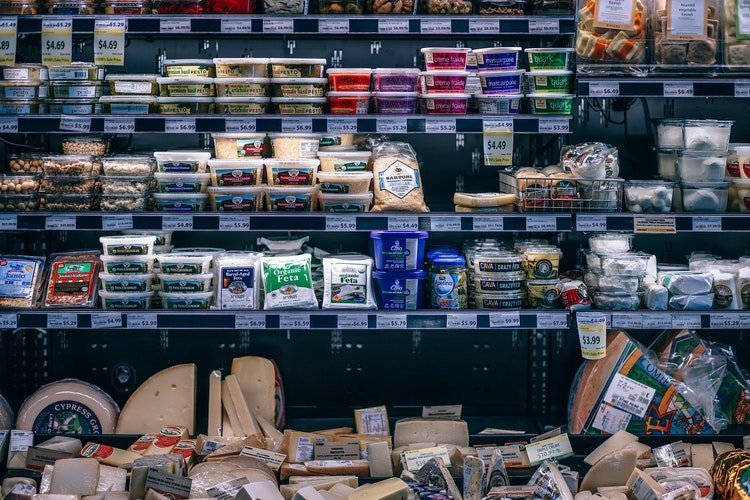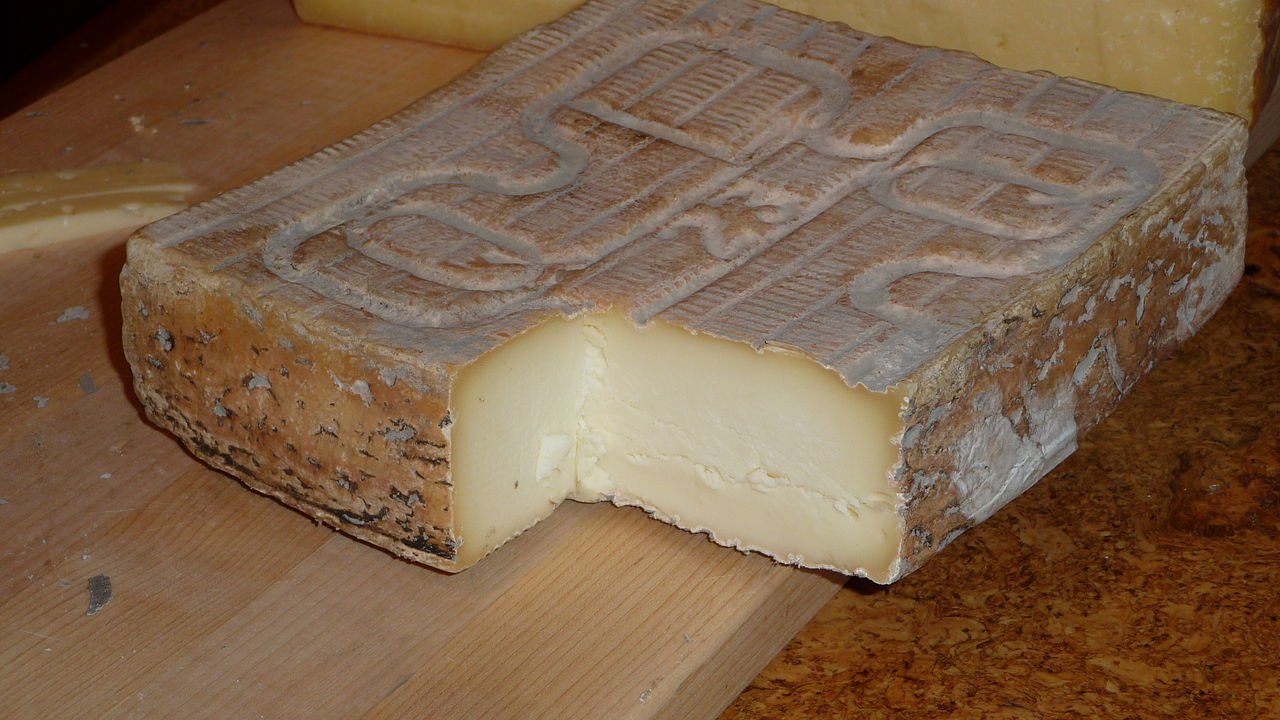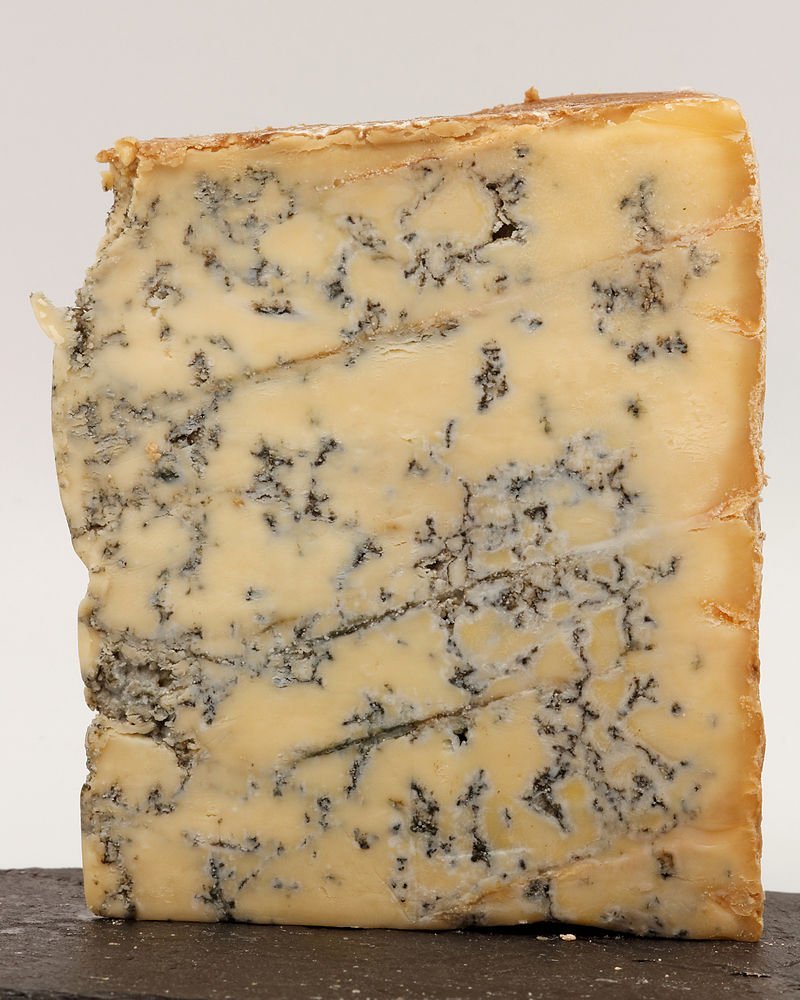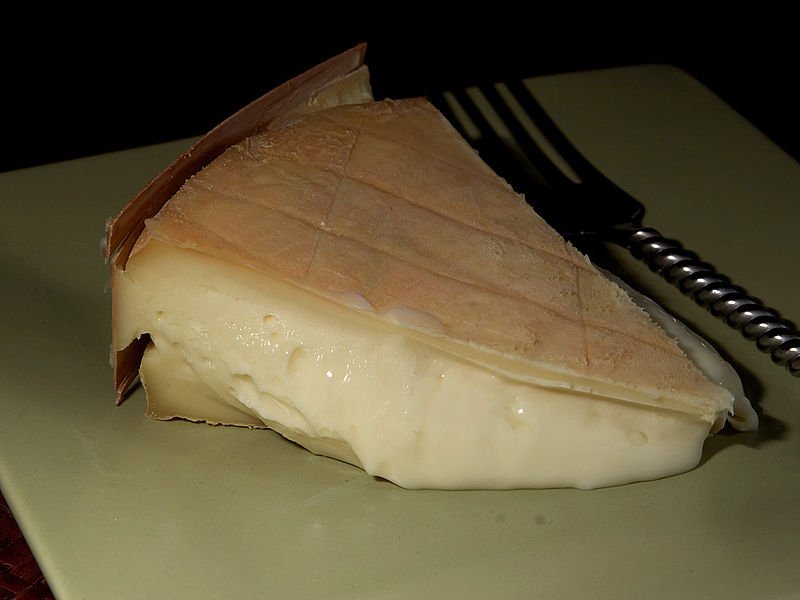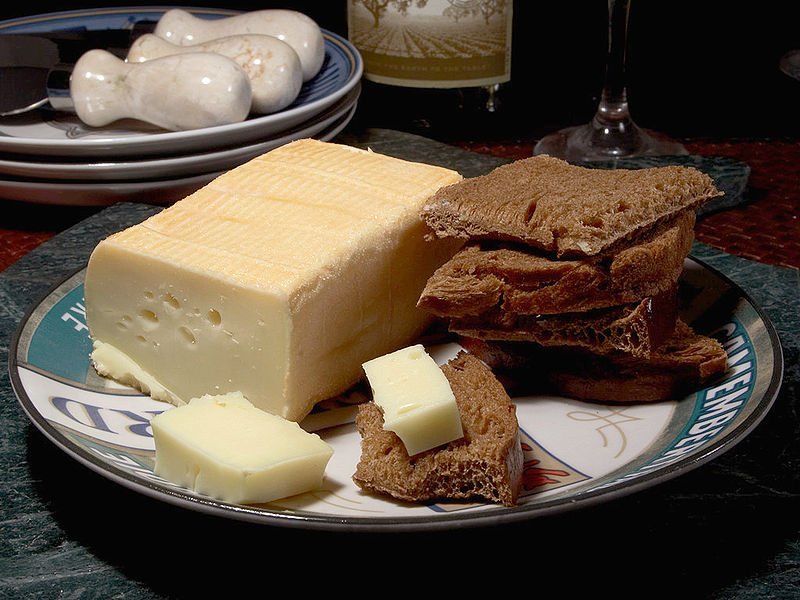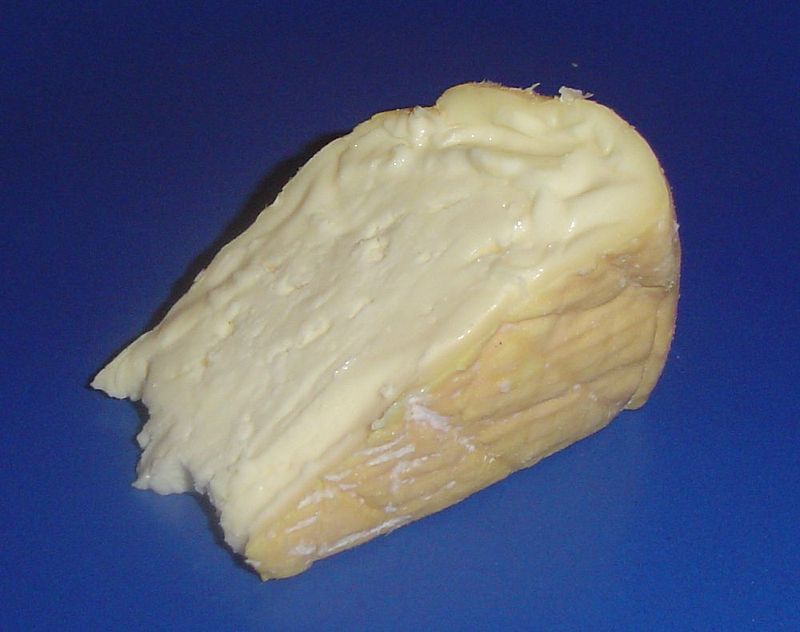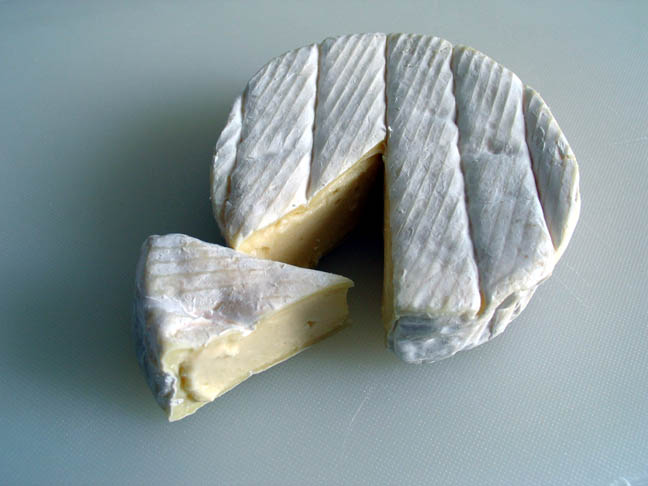Some might find it difficult to eat something that smells so strong, most especially those stinky cheeses. But for cheese enthusiasts, the smellier the cheese, the better. The term “stinky” refers to those cheeses which rinds were rinsed mostly in salt solution during the aging process. Washing the rinds encourages the growth of brevibacterium linens or b-linens, which results in a less acidic cheese that is strongly sharp-tasting.
However, most stinky cheeses do not taste as strong as they smell that’s why a lot of cheese lovers find these kinds of cheeses more delicious. Have you tried any smelly cheese? If you haven’t tasted one yet, here are some of the top smelliest cheeses you can choose from.
Taleggio
Taleggio is thought to be one of the oldest soft cheeses. It was first developed in the 10th century in the Val Taleggio Valley in Lombardy, Italy. Its smell is sometimes described as similar to wet grass or even body odor. The longer it’s allowed to age, the stronger its smell would get. When it comes to taste, it is strong but pleasant. It has a soft texture that is slightly salty with a fruity taste. Its creamy texture is due to the 50 percent fat it contains. It is perfect to be paired with fruits, and it can also be added to salads or pastas.
Stilton
This is a British cheese which varies from hard and crumbly to very soft, almost butter-like, depending on how long it was aged. It has two varieties, blue and white. Blue Stilton is referred to as the king of English cheeses. This cheese is made only in three counties of Derbyshire, Leicestershire, and Nottinghamshire. It is traditionally cylindrical in shape and it contains delicate blue veins radiating from the center. The older this cheese is, the softer and the smellier it gets.
Stinking Bishop
Stinking Bishop is one of the oldest and most pungent among the stinky cheeses. Its roots can be traced back to the 12th century where it is first developed by Cistercian Monks in the village of Dymock, outside of London, England. The aroma of this cheese is primarily attached to the rind which is rinsed using fermented pear juice. When you remove its rind, you will be able to get a cheese with a smooth and soft texture that has a salty and meaty flavor. The stinking bishop cheese is best paired with bread and dessert wine.
Limburger
Limburger is one of the most popular stinky cheeses. It’s because it was cited as the motivation of a New Yorker named Teresa Ludwig for suicide back in 1885. She tried to throw herself off of a pier because of her husband’s constant Limburger consumption.
The smell of Limburger is often compared to sweaty feet. It’s because the bacteria in cheeses are fermented with b-linens which are also found in the human body, and is responsible in creating foot odor. When it comes to taste, Limburger has a nutty and buttery flavor. It can go well with sliced fruits like apples and pears.
Roquefort
This is one of the sought-after stinky cheeses on the planet. However, it was banned in countries like Australia and New Zealand. It’s because this smelly cheese is as dangerous as it is tasty. The milk used in making Roquefort is not pasteurized, therefore, there’s a risk of listeria infection that is deadly for some people. These bacteria can also cause pregnant women to lose their babies.
Brie de Meaux
This is an unpasteurized brie that is manufactured since the 8th century in the town of Meaux in the Brie region of Northern France. It was originally known as the King’s Cheese. It is not made of the pasteurized milk Brie that you can find in markets. It is made of the original raw cow’s milk Brie which is famous in France. Brie de Meaux is a creamy cheese that is covered with mold crust. According to cheese enthusiasts, the mold crust should be eaten and not thrown away.
Epoisses
The full name of this cheese is Epoisses de Bourgogne. The name Bourgogne refers to the region in France which is responsible for its creation. This is a French cow’s-milk cheese that has a very strong smell. In fact, it has been banned on French public transport. Meaning, if you buy this cheese in France, you need to take the cab or walk home. But when it comes to taste, it has a perfectly normal sweet brie with a bitter aftertaste.
Munster
This is a strong smelling, soft cheese which milk is made mainly from the Vosges, between Alsace, Lorraine, and Franche-Comte in France. This cheese is conserved and matured in monks’ cellars. The rind of this cheese is washed regularly with salted water. It is also often referred to as Monster Cheese because its odor is unbearable.
Camembert
This smelly cheese was first made in the late 18th century at Camembert, Normandy in northern France. It has a very strong odor because it contains many compounds such as ammonia, sodium chloride, and succinic acid. Overripe camembert has an unpleasant smell because of the excessive ammonia it contains which is required for ripening. It is a soft and runny cheese that is usually eaten using a spoon.
Pont l’Eveque
This cheese is named after the specific region where it is made in Normandy, France. The name Pont l’Eveque translates to Bishop’s Bridge. It is one of the oldest Norman cheeses that is still being produced. And honestly, it smells ancient as well. The strong aroma it has primarily lives in its rind. You will be able to enjoy its taste when you remove its rind. Pont l’Eveque has a creamy taste and a hazelnut and fruity flavor. It is best spread on a baguette or paired with champagne.
These are some of the top smelliest cheeses in the world. Though these cheeses have really strong smell, they sure look delightful. So, which of these smelly cheeses would you like to taste soon?

